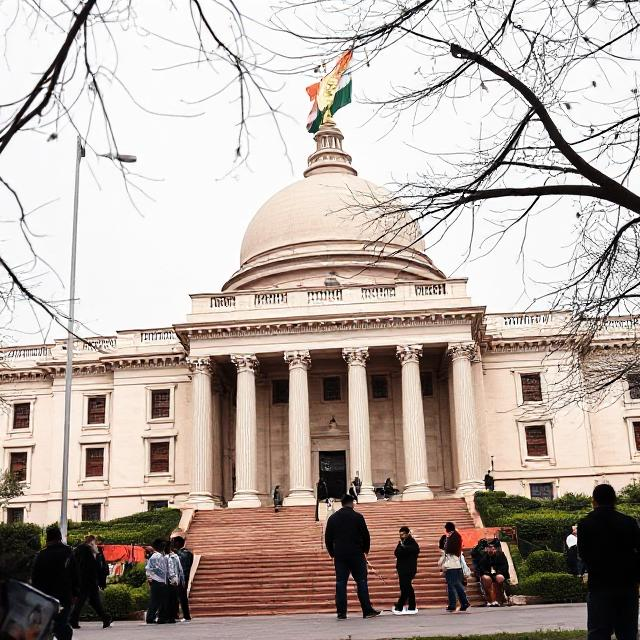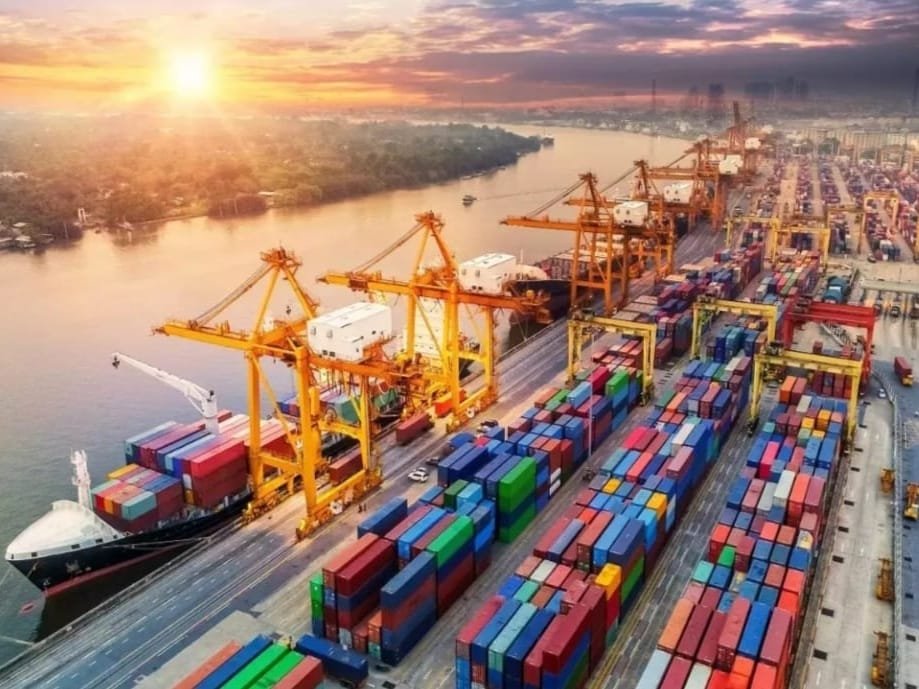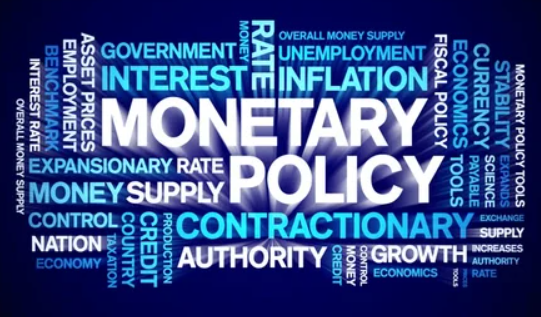REVIVING THE INDIAN ECONOMY
The National Statistical Organisation (NSO) recently published India’s
GDP data for the April – June quarter of FY 2020-21.
The contraction in the GDP was on the cards but the extent of
contraction at 23.9% was way above the expectation. The sector-wise contraction
was - Manufacturing (39%), Construction (50%) and Trade, hotels, transport and
communications (47%). The overall figure would have been much worse but
for the performance of the Agriculture sector which recorded a growth of 3.4%
coming on the back of a record harvest of the Rabi crop.
Factors impacting growth
We need to analyse the factors leading to the sharp contraction in the GDP numbers. The stalled economic activities, coming in the wake of the prolonged lockdown to contain the spread of COVID-19, did contribute majorly to the decline. However, this was not the only reason for the sharp decline.
After hitting a peak of 8.2% in FY 2016-17, India’s GDP numbers have been steadily going south, declining to an 11-year low of 4.2% in 2019-20. The seeds for the decline were sown post-demonetisation when cash was sucked out of the system leading to a sharp drop in demand and consumption. The initial glitches in the implementation of GST also added to the decline.
Another major factor was the crises in the banking and NBFC sectors
arising out of NPAs which resulted in lower credit availability to borrowers.
This impacted term and working capital borrowings leading to declining
investment and lower output.
The lockdown effect
The prolonged lockdown and closure of all economic activities, barring essential services, resulted in job losses and pay cuts with a large number of industries going belly up. In this kind of situation investment by the Government in infrastructure and other major projects would have helped in the creation of additional jobs thereby making available disposable income in the hands of people and thus catalysing demand.
The Government came out with a stimulus package of Rs 20 lac crores.
However, apart from some expenditure towards the free distribution of food
grains and small cash doles to the people, most of the other measures were
directed towards the banks and other institutions to lend more to the
construction, MSME sectors, etc. The risk-averse nature of the banks meant that
the fund didn’t reach the intended beneficiaries.
The Great Depression and the “New Deal”
The present situation is somewhat comparable to the Great Depression of the 1930s in the US. The then President of the United States, Franklin D Roosevelt, as part of the New Deal, created The Tennessee Valley Authority which formed and managed various public utility companies, dams, hydel projects, etc which resulted in major asset creation and equally importantly generated jobs for the locals. Additionally, during the latter half of the decade, massive public expenditure was incurred on war materials which came in handy during the Second World War.
These initial steps helped the US become an economic superpower in the following decades.
The Way Out
India’s present situation is somewhat similar. Apart from the pandemic and its impact on the economy, it is having border problems with a few of its neighbours. During the NDA regime under Mr. Atal Behari Vajpayee, the government ushered in the Golden Quadrilateral Project which not only resulted in the improvement of the road infrastructure but also in creating a large number of jobs and allied businesses all along the periphery of the highways.
At present India needs something similar. The government must fast-track
all major infrastructure projects which have been announced periodically over
the last few months like 175 gigawatts of solar power, optical fibre
connectivity, defence production, roads, ports, cold chains for the agriculture
sector, health care, etc, to name a few. The investment in these projects may
adversely impact the fiscal deficit target but this would be a risk worth
taking to kick-start the economy.
All such investment would result in the creation of jobs thus making disposable income available in the hands of people thereby creating demand. India is at a crossroads now and it needs to bring out its animal spirit to emerge as a superpower in this decade.
Disclaimer: This article is for informational purposes only. The views and opinions expressed in this article belong solely to the author of the article and do not necessarily represent the views and opinions of MITRAA. The author and MITRAA do not assume any responsibility for the loss or damages to any person acting purely based on this article without obtaining any professional advice.
Image Credits:- CIVILS DAILY.






